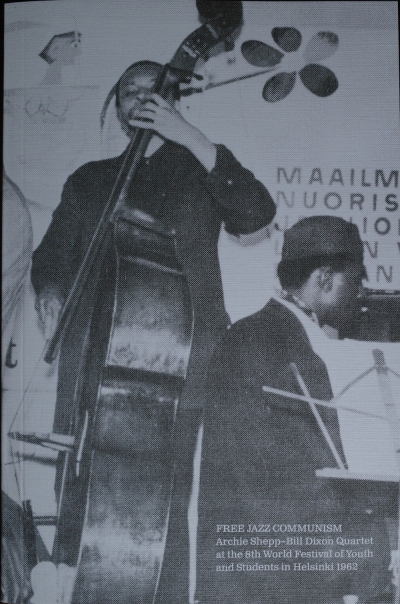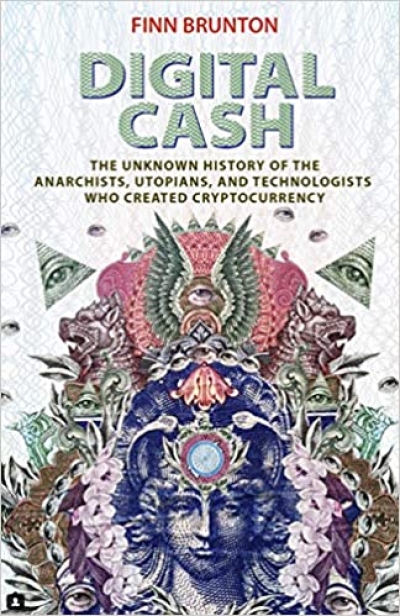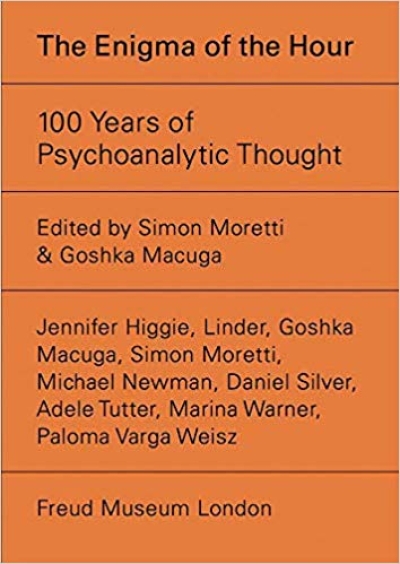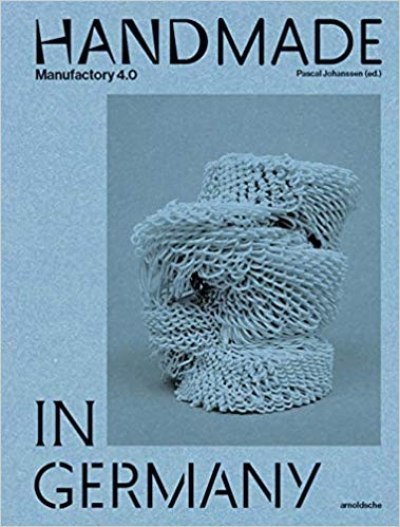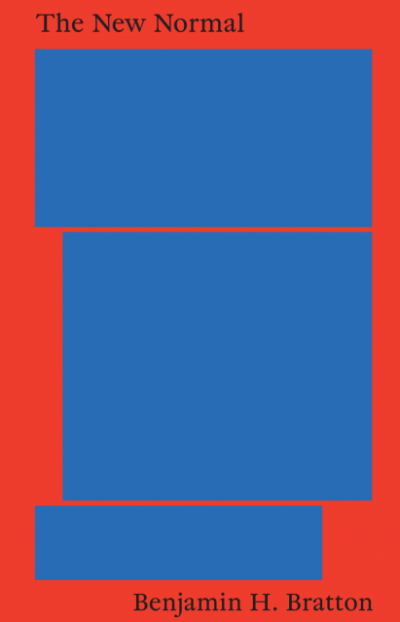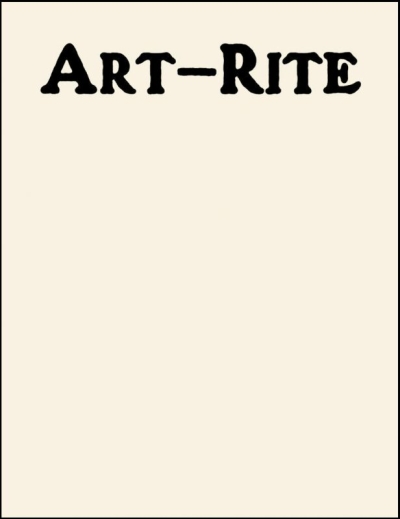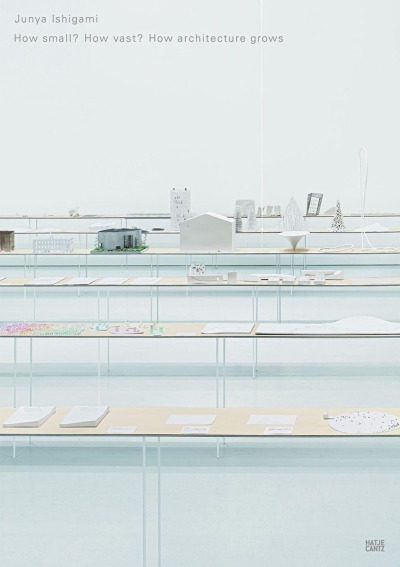
How Small? How Vast? How architecture grows
Architekturkunst zwischen Poesie und Wissenschaft
Für Junya Ishigami (*1974 in Kanagawa, Japan) ist die Architektur ein offenes Feld unendlicher Möglichkeiten, das sich in alle Lebensbereiche hinein erstreckt, sämtliche Fragen des Seins aufwirft und einer wissenschaftlichen ebenso wie künstlerischen Betrachtung bedarf. Außer von der kindlichen Fantasie und Kraft der Imagination lässt sich der Gewinner des Goldenen Löwen der Architekturbiennale von Venedig 2010 von der Natur inspirieren. Zugleich ist seine Arbeitsweise streng methodisch und an der Ausweitung vorhandener Grenzen zwischen Design, Architektur und Geografie orientiert. Die Ästhetik der Konzentration, Transparenz und Einfachheit seiner Ideen, Modelle und Bauten beruht auf komplexen Gestaltungsprozessen. Ishigami stellt seine ganzheitliche Suche nach dem rechten Maß in einer exklusiven Publikation vor: How Small? How Vast? How Architecture Grows zeigt, wie die Gestaltung einer Umwelt aussieht, die das gesellschaftliche Leben nach organischen Prinzipien ausrichtet.
Ausstellung: arc en rêve centre d'architecture, Bordeaux 11.12.2013–27.4.2014.
The art of architecture: between poetry and science
For Junya Ishigami (*1974 in Kanagawa, Japan), architecture is a boundless field of infinite possibilities that affects every area of life while raising existential questions and requiring both scientific and artistic observation. Besides childhood fantasies and the power of imagination, the winner of the Golden Lion at the 2010 Venice Biennale of Architecture is also inspired by nature. At the same time, his work process is strictly methodical and oriented toward expanding the existing boundaries between design, architecture, and geography. The aesthetics of concentration, the transparency, and the simplicity of his ideas, models, and buildings are based on complex creative processes. Ishigami presents his holistic search for the right proportions in an exclusive publication: How Small? How Vast? How Architecture Grows. It demonstrates what it looks like to create an environment that bases social life on organic principles.
Exhibition schedule: arc en rêve centre d’architecture, Bordeaux, December 11, 2013–April 27, 2014






